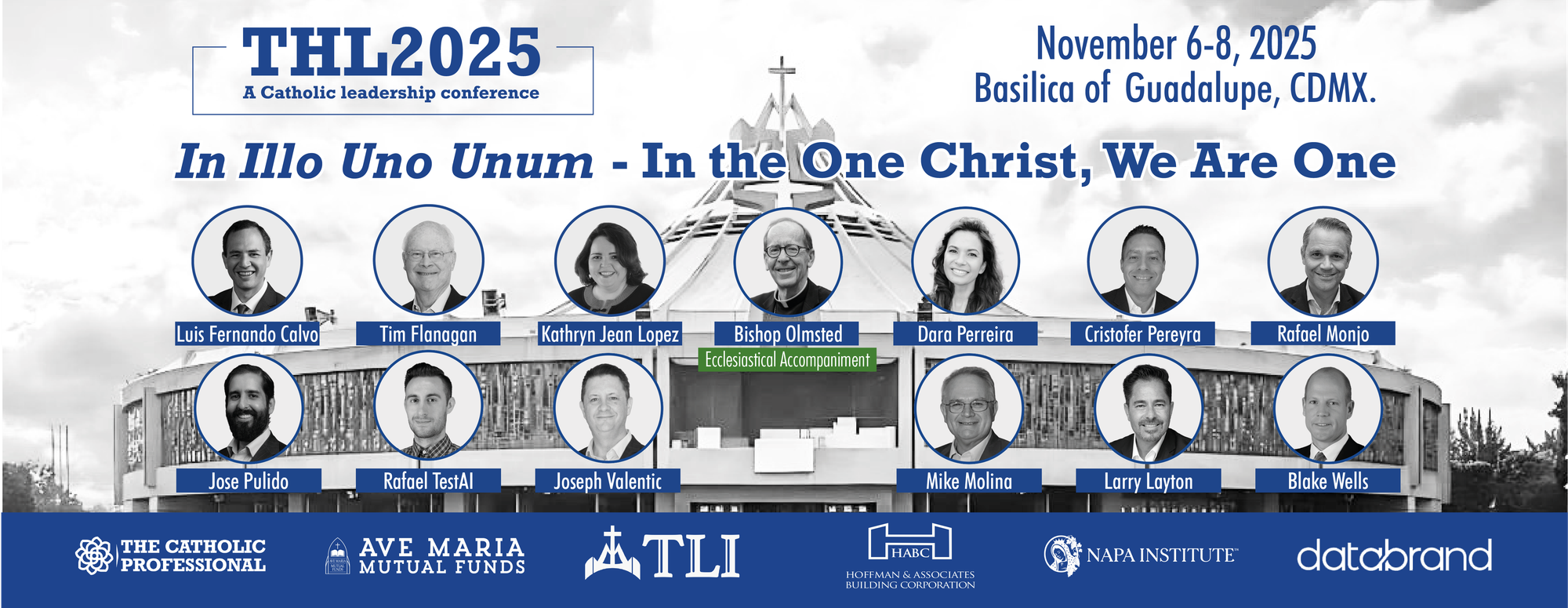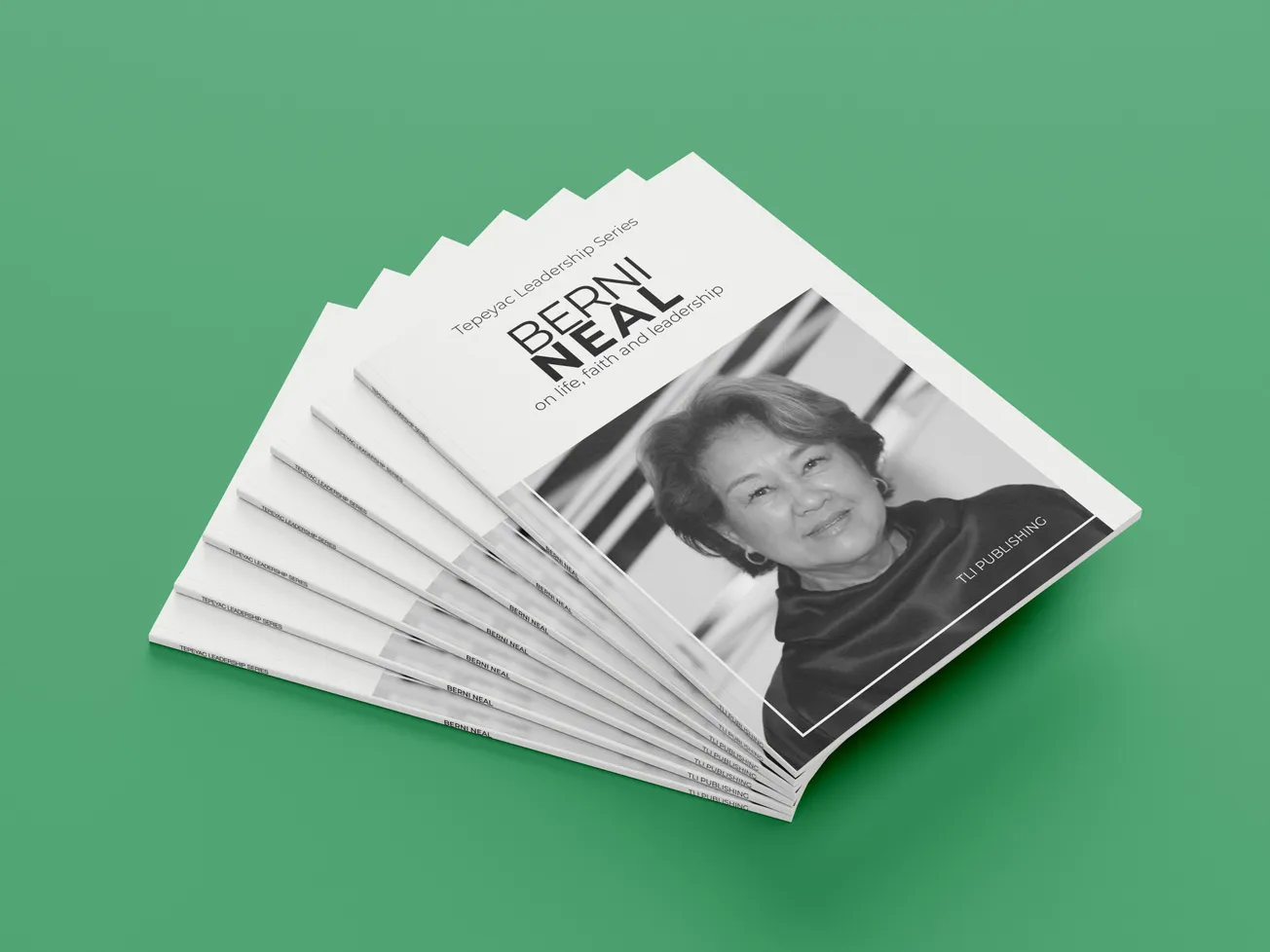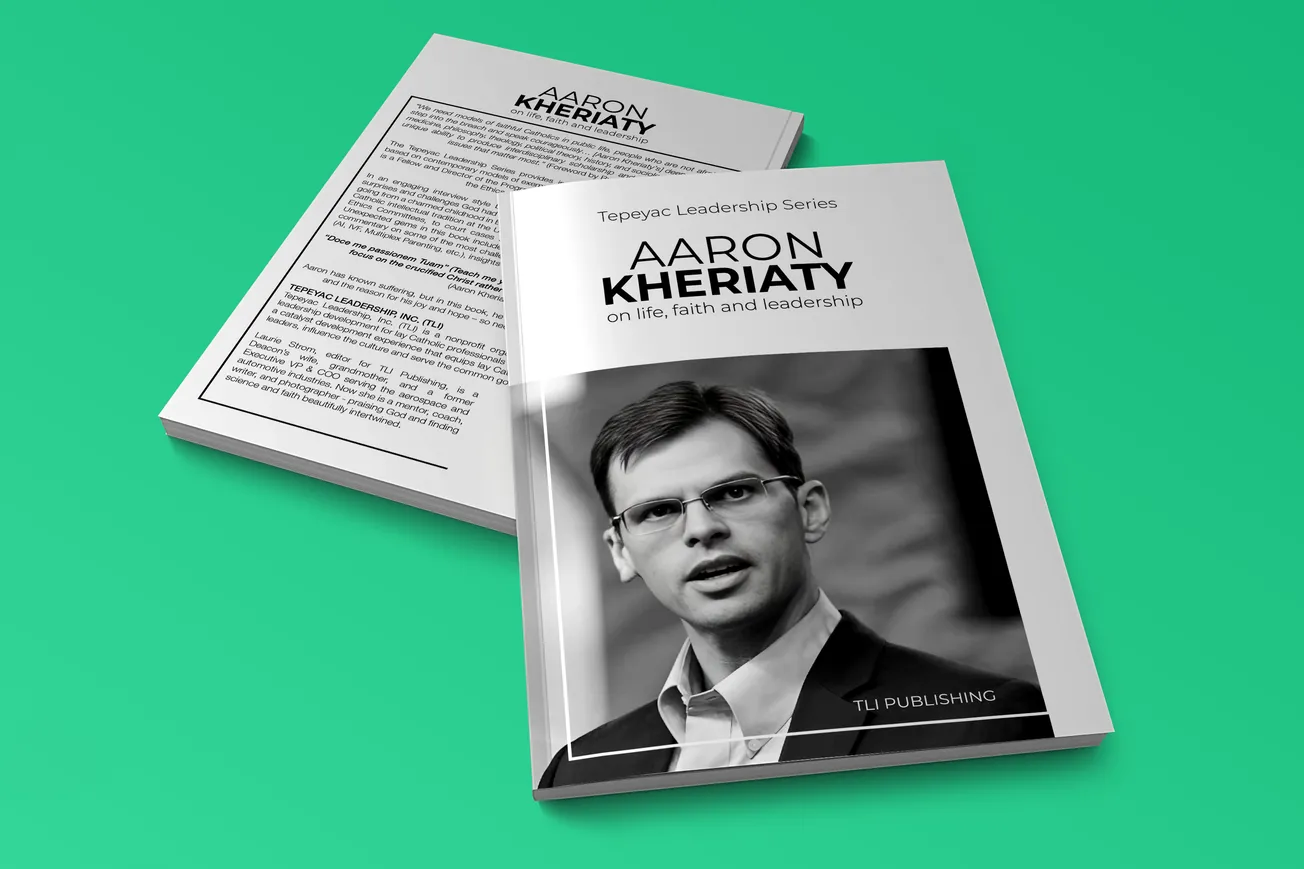In a digital world saturated with polished corporate messaging, something unexpected is happening—raw authenticity is outperforming sleek perfection. On LinkedIn and other professional platforms, thought leadership content and personal branding posts are consistently outperforming traditional, curated company updates. The reason is simple: people crave connection, not just information.
For Catholic professionals, this trend presents a unique opportunity to influence, evangelize, and lead—not just in boardrooms or ministries, but also in digital spaces where today’s conversations are shaping tomorrow’s culture.
The Rise of Thought Leadership
Thought leadership isn’t about being famous or having all the answers. It’s about sharing what you’re learning, how you’re growing, and what you stand for. When done with sincerity and clarity, it becomes a form of professional witness.
Instead of just reposting articles or celebrating company milestones, Catholic professionals are finding greater engagement when they share why they do what they do. Whether it’s a reflection on a business challenge, a lesson learned from a recent failure, or a Gospel-inspired insight applied to leadership, these stories resonate. They invite dialogue. They create trust.
Platforms like LinkedIn are increasingly rewarding this kind of content. Posts with personal stories or professional reflections regularly receive more comments, shares, and meaningful reactions than corporate news releases or pre-approved marketing blurbs.
Personal Branding: More Than Self-Promotion
The term personal branding often sounds self-serving. But for Catholics, it can be reimagined as a form of vocational clarity. It’s not about building a platform for ego—it’s about letting your light shine before others (cf. Matthew 5:16).
A strong personal brand doesn’t mean shouting louder. It means being clear about your mission, values, and contributions. When you consistently share insights from your work, comment meaningfully on others’ posts, and post content that reflects both your professional expertise and your faith-informed values, you stand out—not as a self-promoter, but as a servant leader.

For example, a Catholic entrepreneur might share lessons on ethical decision-making rooted in Catholic social teaching. A healthcare executive might post about the dignity of every patient, inspired by their faith. A teacher or nonprofit leader might reflect on how prayer sustains them through burnout. These aren’t sermons—they’re authentic narratives that build connection.
What Authentic Content Looks Like
So what does high-performing content actually look like? Here are a few key ingredients:
- Vulnerability: Share lessons learned from failure or moments of uncertainty
- Consistency: Don’t post once every six months. Show up regularly, even briefly
- Clarity of Voice: Be yourself. Write how you speak. Avoid jargon
- Faith-Integrated Insights: Without being preachy, share how your Catholic worldview informs your work
- Service Mindset: Aim to uplift, inform, or encourage others—not to impress
Some of the most successful Catholic professionals online are those who simply and humbly offer who they are and what they’re learning. Their posts sound more like conversations than declarations. That tone matters.
Why This Matters Now
In an era marked by polarization, performance, and digital noise, the world is hungry for something real. Authentic, faith-filled professionals who show up as their whole selves in the workplace—and online—are more credible, more influential, and more impactful.
For Catholic professionals, the digital space is not a distraction from mission; it’s part of the mission. By investing in thoughtful, consistent, and authentic content, you can not only build your career—you can sanctify your profession.
The call to holiness doesn’t end at the church door. It extends to your desk, your meetings, your LinkedIn feed, and your email signature. In all those places, your voice matters. Your story matters.
So don’t wait for the perfect company announcement. Start writing. Start sharing. And most of all, start leading—by being yourself.
Like what we do? Share this piece, and follow us on Instagram and LinkedIn.










